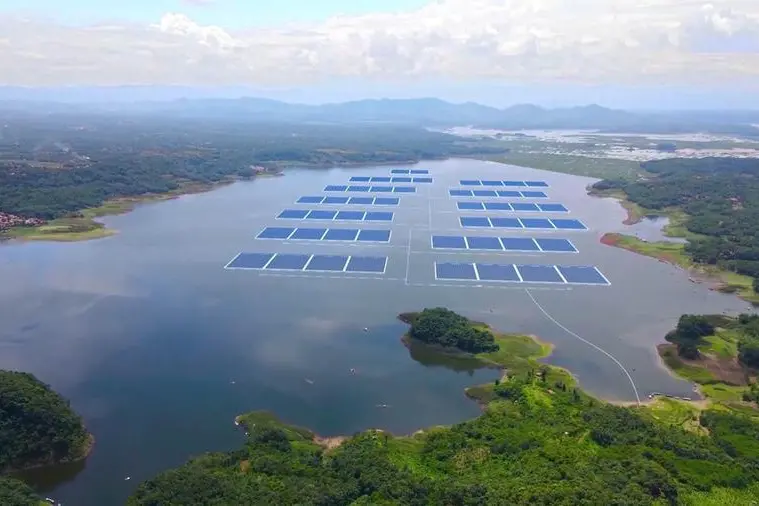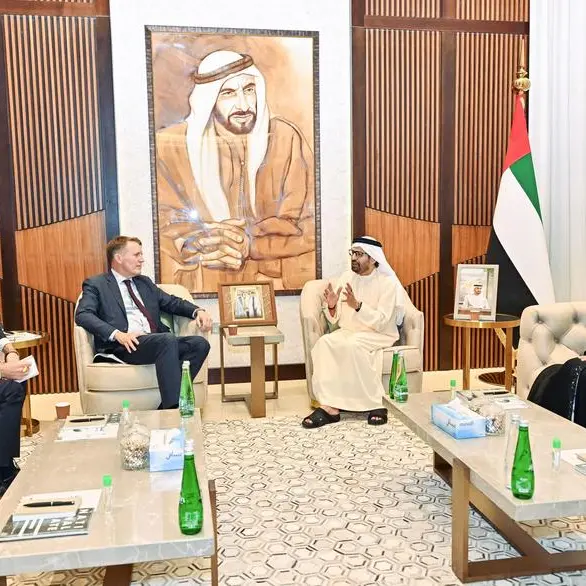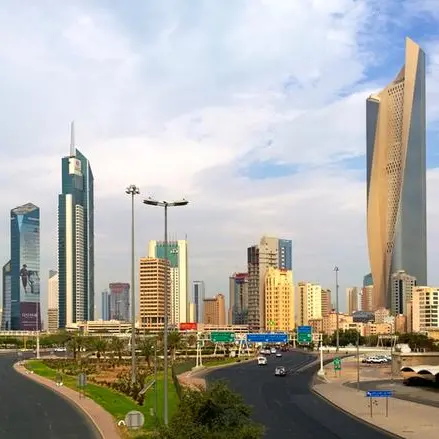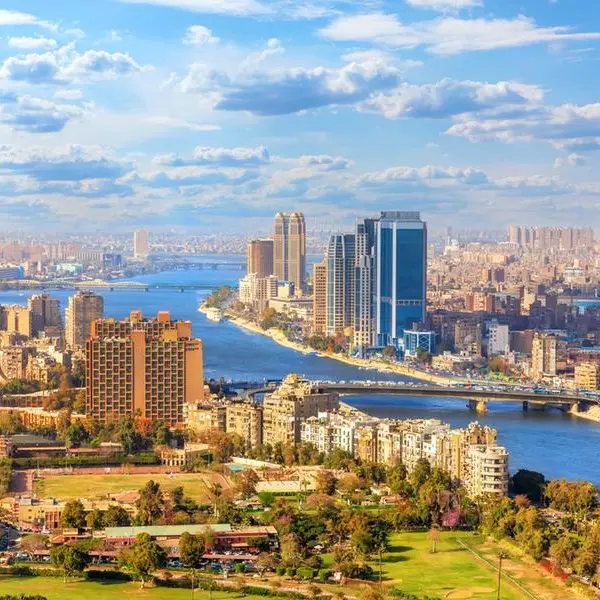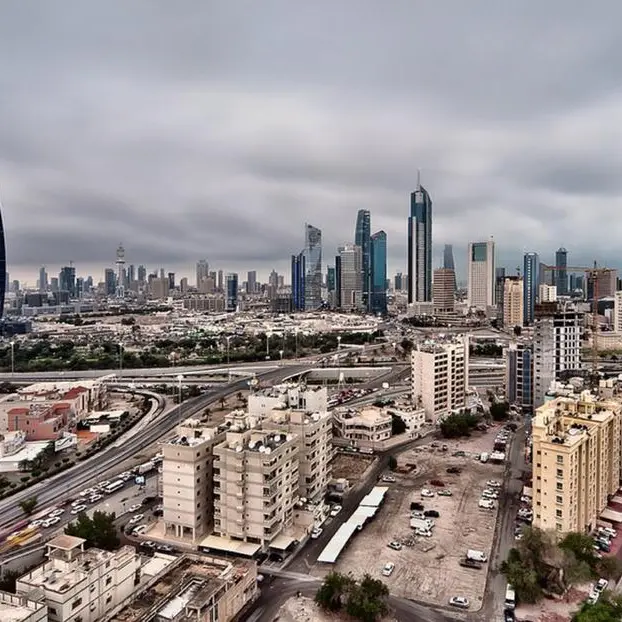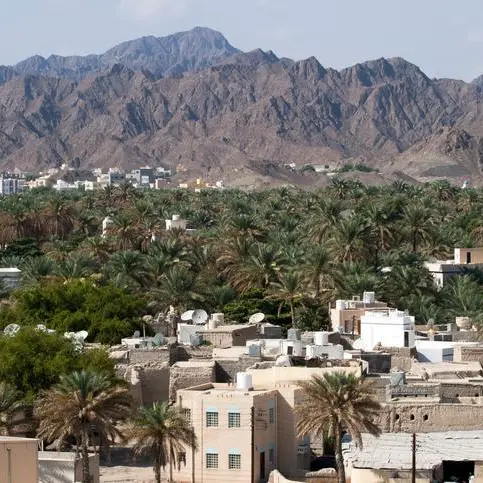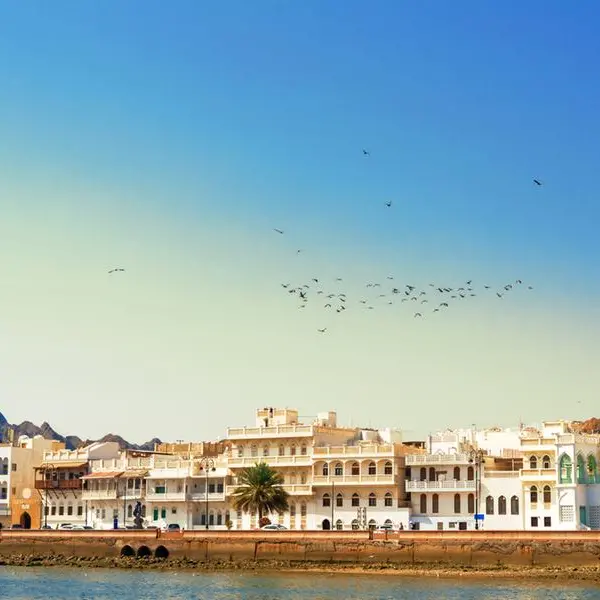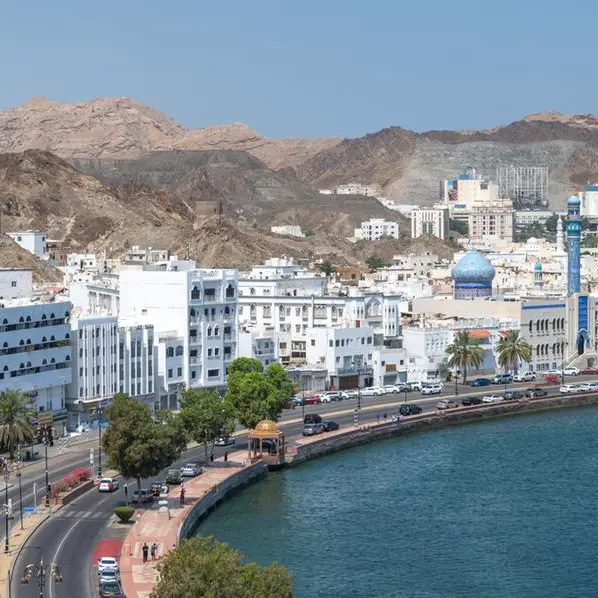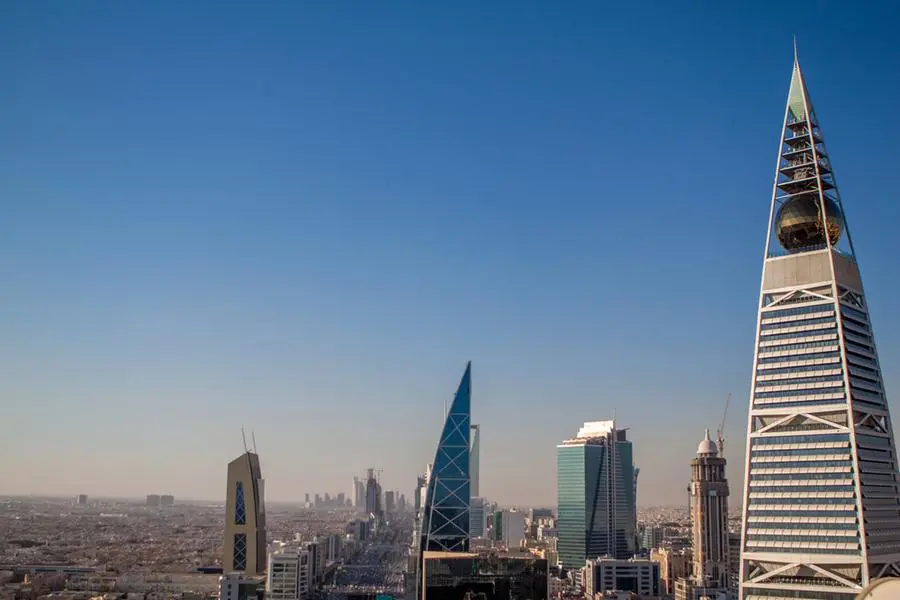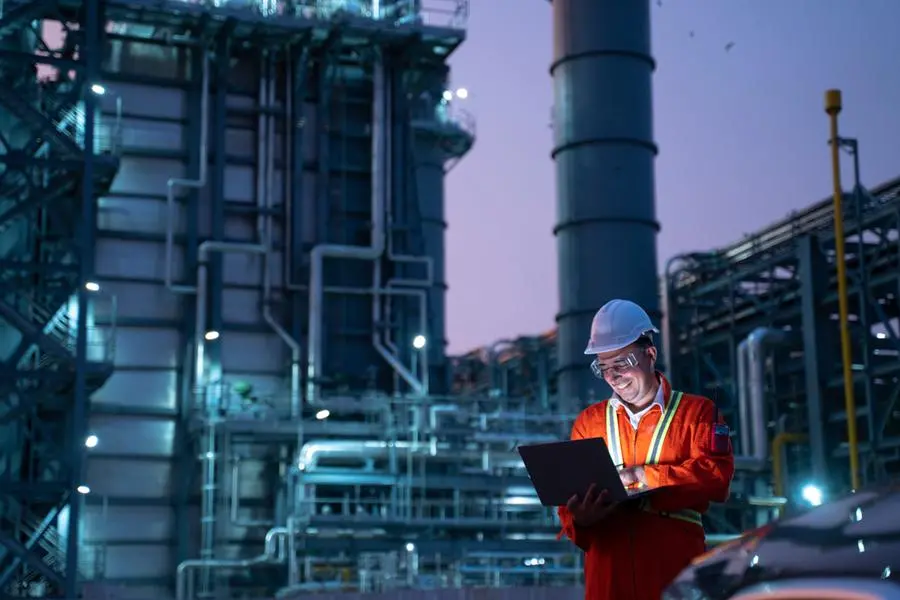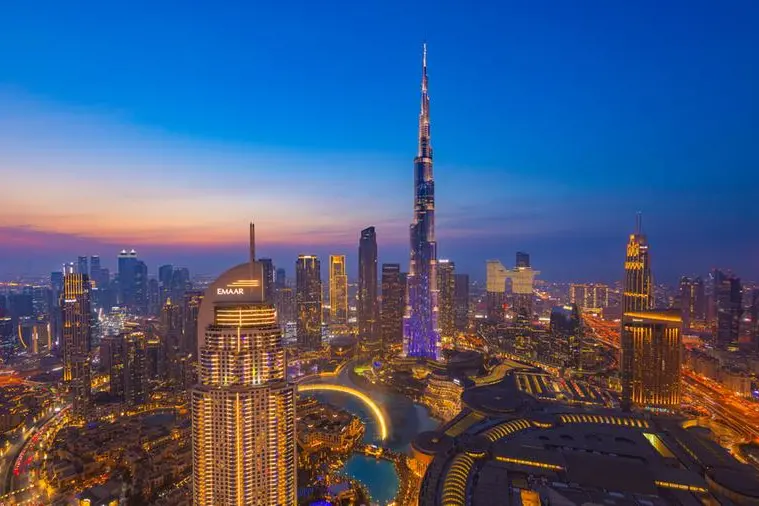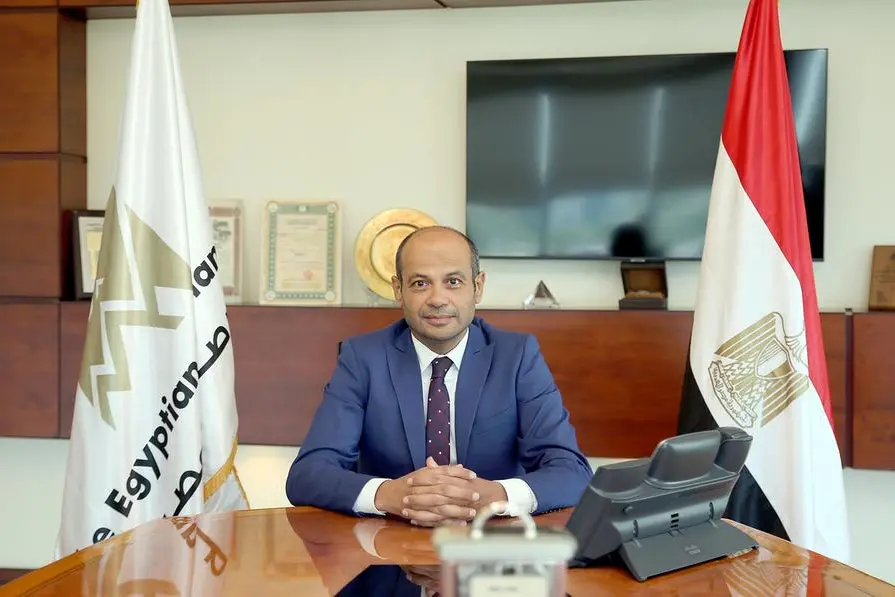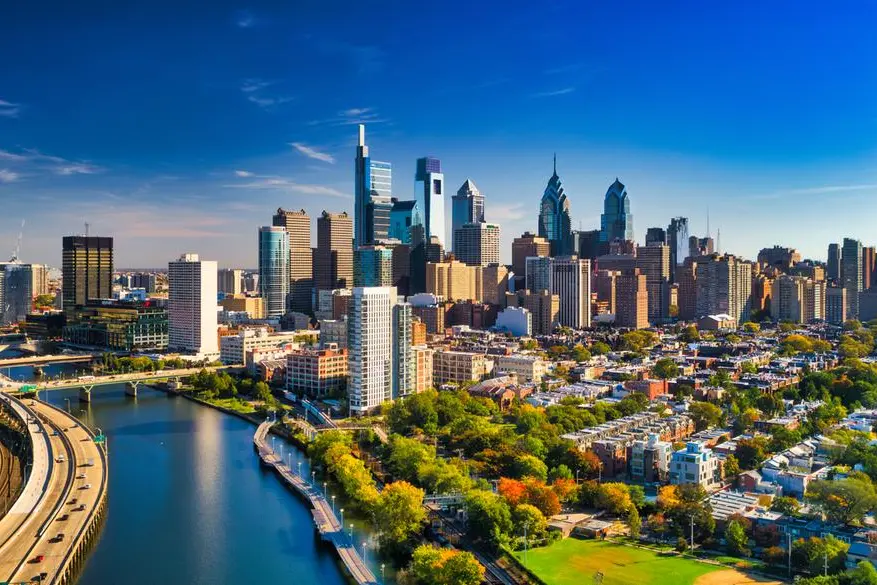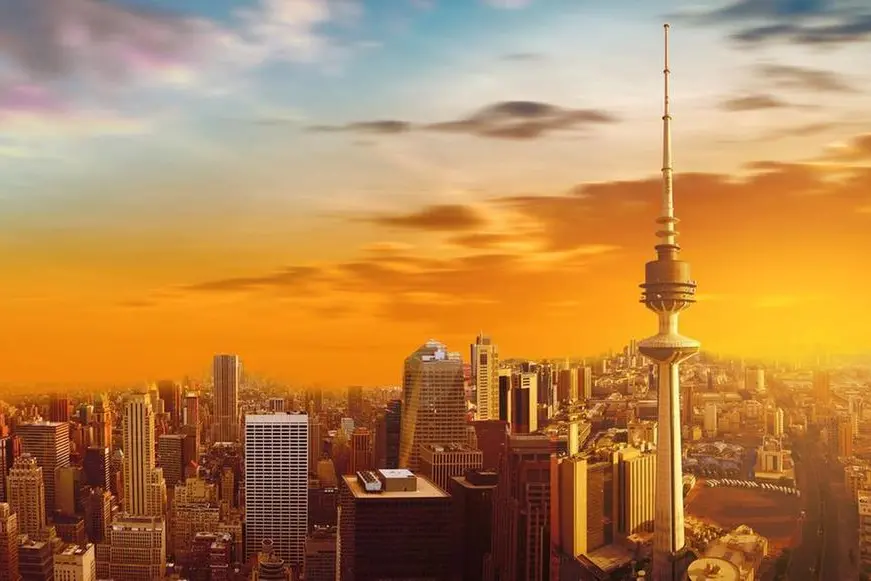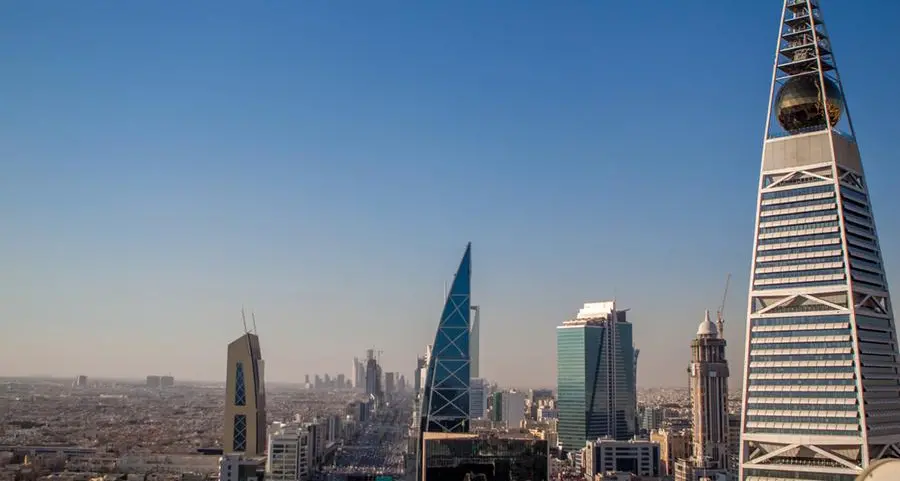PHOTO
Masdar joint venture starts construction on Indonesia’s first utility-scale floating solar power plant. Image Courtesy: WAM
Masdar City is a first-of-its-kind thriving sustainable city in the middle of a desert, with its eco-friendly buildings consuming 40 per cent less energy compared to the industry standards.
Lutz Wilgen, acting head of design at Masdar City, pointed out that some buildings have been able to achieve an energy reduction of more than 40 per cent.
“And that’s on average. Some buildings score a lot better than that. And we have buildings that are going to be Net Zero energy. Renewables will cover the energy demand of those particular buildings,” he told Khaleej Times in an interview.
The city houses hundreds of companies dedicated to developing innovation, as well as vibrant residential neighbourhoods, restaurants and parks – with most having the highest sustainability standards and ratings.
“We primarily use all types of fixtures and fittings that save water wherever possible. And then of course, we harness the sunlight. We do that with PV panels and creating energy. We make our buildings as proficient as we possibly can, and ensure that we minimise and reduce the demand we place on the system in terms of energy usage.
So, we use a combination of technologies in a very holistic approach to try and ensure that we optimise what we have and minimise the use of the valuable resources that we have available to us.”
Combining traditions, technology
Masdar City combines traditional Arabic architectural techniques with advanced technology to create a cool and pedestrian-friendly environment where people live, work, learn and play. Each building has unique designs and innovative features. Masdar Institute’s residential buildings are defined by the terracotta-coloured, undulating glass-reinforced concrete balcony ‘screens’ that serve the same role as traditional Arabic mashrabiya screens. They provide shade and privacy, while allowing air to pass through to cool the balconies.
The International Renewable Energy Agency (IRENA) headquarters with rooftop solar PV array reduces overall energy demand by more than 60 per cent. The office building is the first in Abu Dhabi to earn a 4-Pearl Estidama construction rating. Meanwhile, the Siemens building is an LEED platinum-certified, high-performance office building.
“The reason why we look at each building as a unique opportunity is that we like to innovate. We like to experiment. And we do like to test. So, all our buildings that we have available, have looked at various opportunities in harnessing certain components,” Wilgen said.
In 2021, Cityscape Intelligence named Masdar City as the world’s most sustainable city.
Few degrees cooler than the rest
Masdar City is an open place for visitors to come and explore its different elements. Take a walk through the city, and you will find it is modern yet traditional, with many passive design features like the window shading, narrow spaces between buildings and colonnades, [and] the northeast-southwest orientation of the streets, which optimises shading of streets and building walls, and facilitates natural airflow.
These smart designs make Masdar City’s outdoor spaces much cooler than other parts of Abu Dhabi. And not to be missed is the 45-metres-tall Wind Tower – a modern interpretation of one of the region’s most iconic traditional architectural features – the unique feature of capturing upper-level winds and directing them to the open-air public square at its base.
Sensors at the top of the steel structure operate louvres to open in the direction of prevailing winds, and to close in other directions to divert wind down the tower. A Teflon fabric membrane carries the wind downward, while mist generators at the top further cool the air. This combination of evaporative cooling and air movement help to lower the perceived temperature in the courtyard.
“We try to bring air from a higher level down onto the podium level. It brings further ventilation to the podium.”
On the path to Net Zero
Wilgen said that a careful study is done on the type of material used during construction.
“We look very carefully in terms from a construction and constructability point of view, in terms of what the embedded carbons [are] within the materials that we use. We create very efficient buildings and building types. We minimise the use of energy and then supplement the minimal amount of energy that these buildings use with renewable energies as well. So as an example, currently, we are constructing Net Zero energy buildings,” he said about the under-construction MC Square and The Link projects.
Copyright © 2022 Khaleej Times. All Rights Reserved. Provided by SyndiGate Media Inc. (Syndigate.info).
